While Tolstoy may be best remembered as the talented Russian author of such monumentally great works as “War and Peace” and “Anna Karenina”, he also wrote prolifically in essay format on various subjects. In this volume Tolstoy turns his attention to the study of aesthetics and art in all its forms. Based on fifteen years of research “What is Art?” is Tolstoy’s intellectual exposition into answering the titular question. Rich with criticism for his contemporaries as well as even his own writings, Tolstoy makes the central argument that art should be used as a force for good and betterment of mankind and that art that is borne out of vanity, sexual desire, or some other amoral ambition should be condemned. For Tolstoy, art has a religious significance, which is instrumental to the reader in explaining the philosophy for art that he crafts in this work. As a compelling and interesting examination of the place of art in our society, “What is Art?” is a must read for all artists, written masterfully by one of the greatest writers to ever have lived.
What Is Art? is an 1897 philosophical treatise by Leo Tolstoy that lays out his philosophy of aesthetics. Rejecting notions of aesthetics that center around beauty, Tolstoy instead posits that art is defined by its role in transmitting feelings between human beings. Furthermore, he argues that the quality of art is not assessed by the pleasure it gives, but whether the feelings the art evokes align with the meaning of life revealed by a given society’s religious perception. In line with his spiritual views set out in The Kingdom of God Is Within You, Tolstoy argues that the proper purpose of art is to transmit feelings of human unity and “to set up, in place of the existing reign of force, that kingdom of God, i.e. of love, which we all recognize to be the highest aim of human life.”


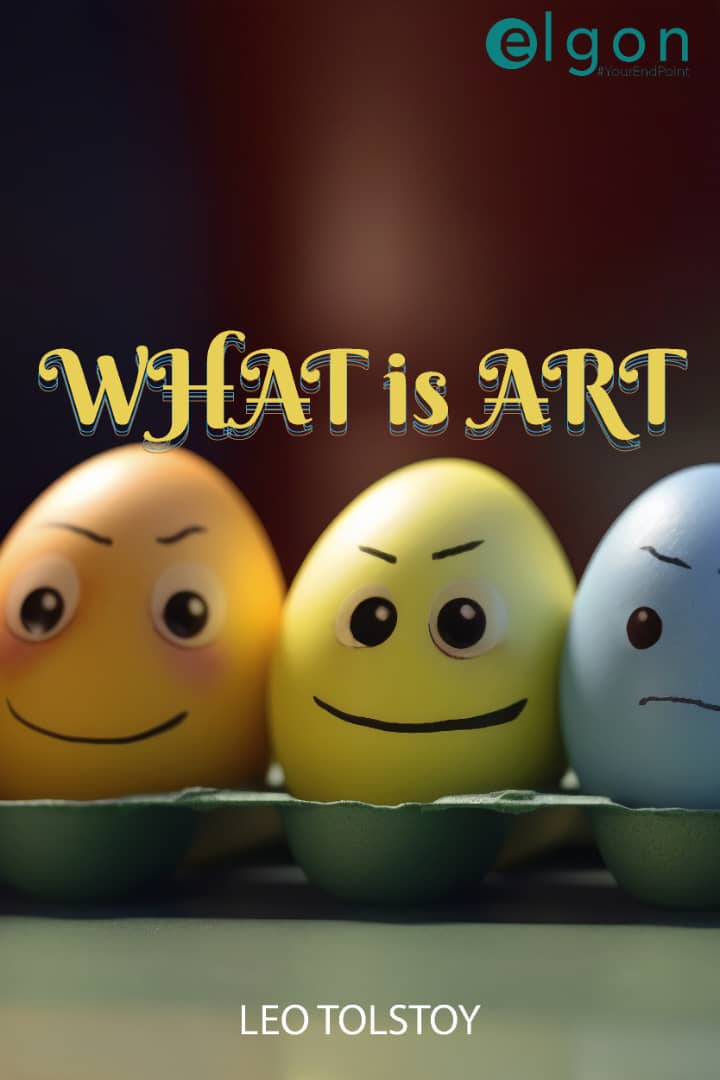

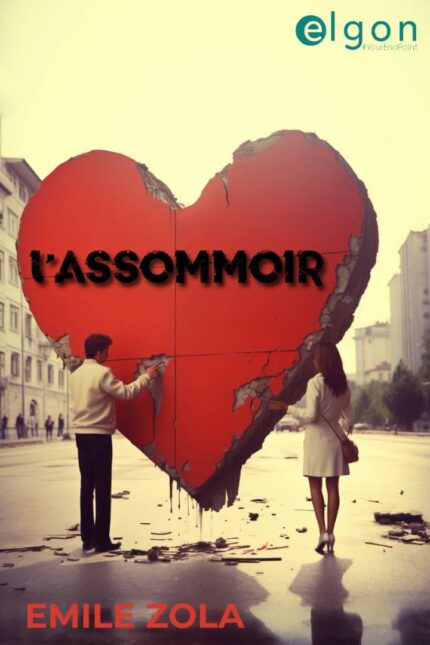

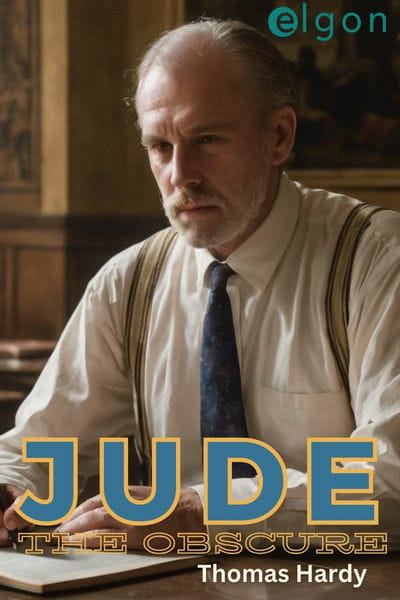
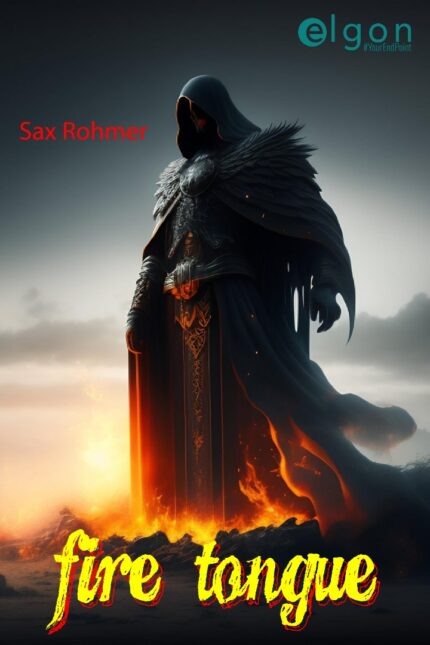


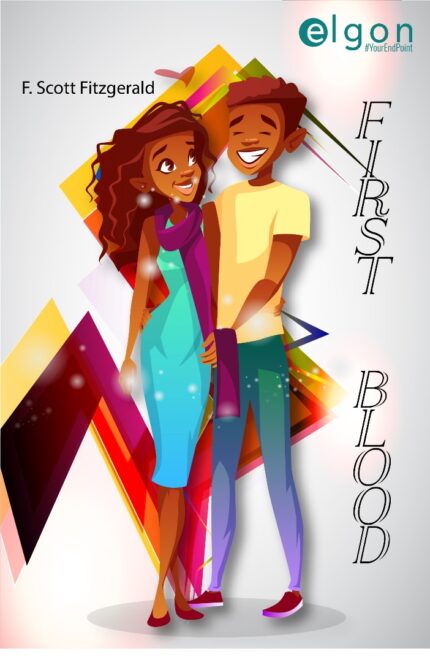






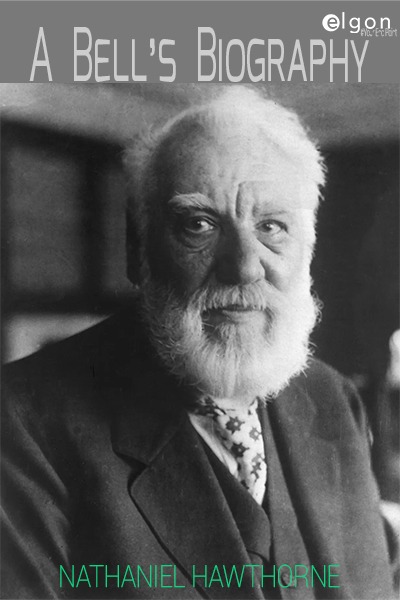

Reviews
There are no reviews yet.